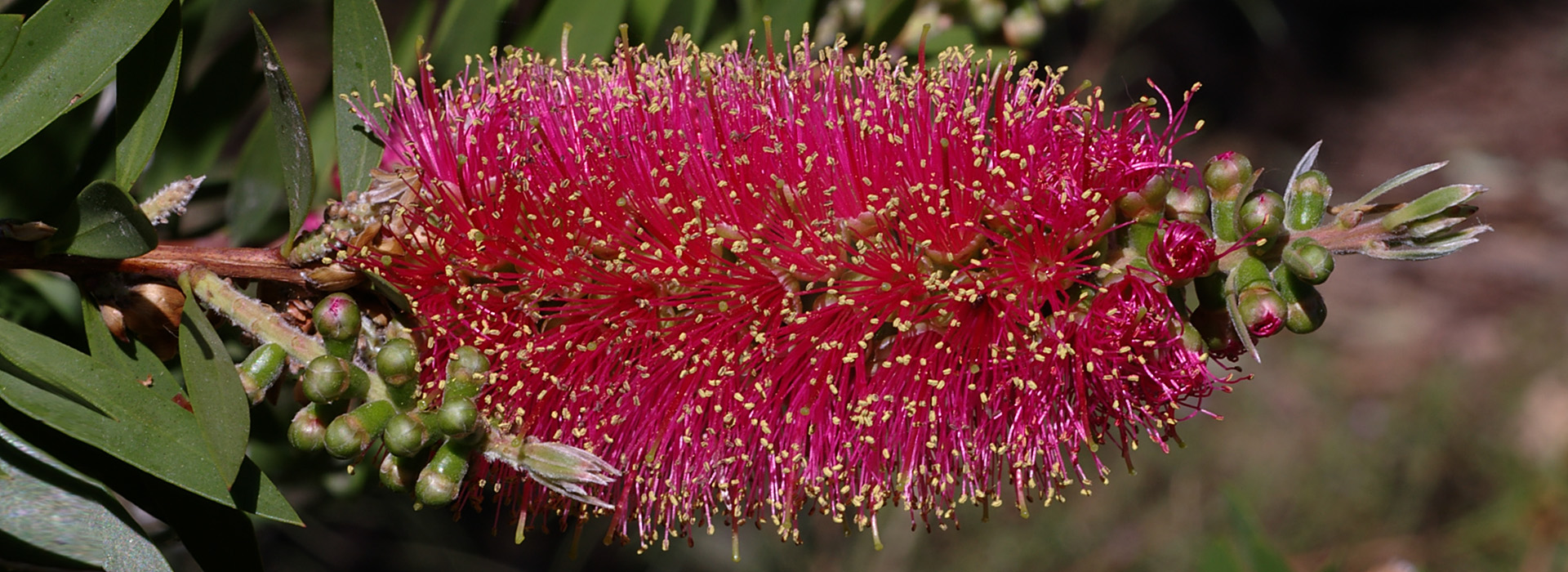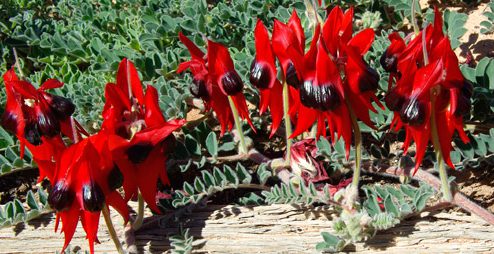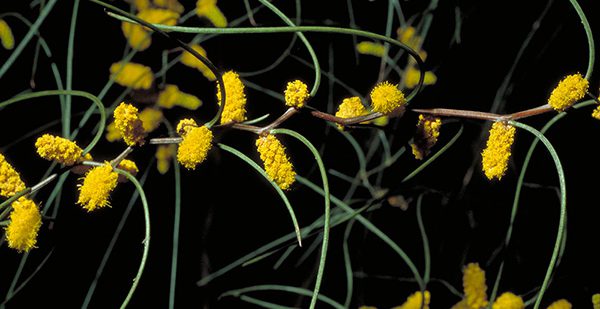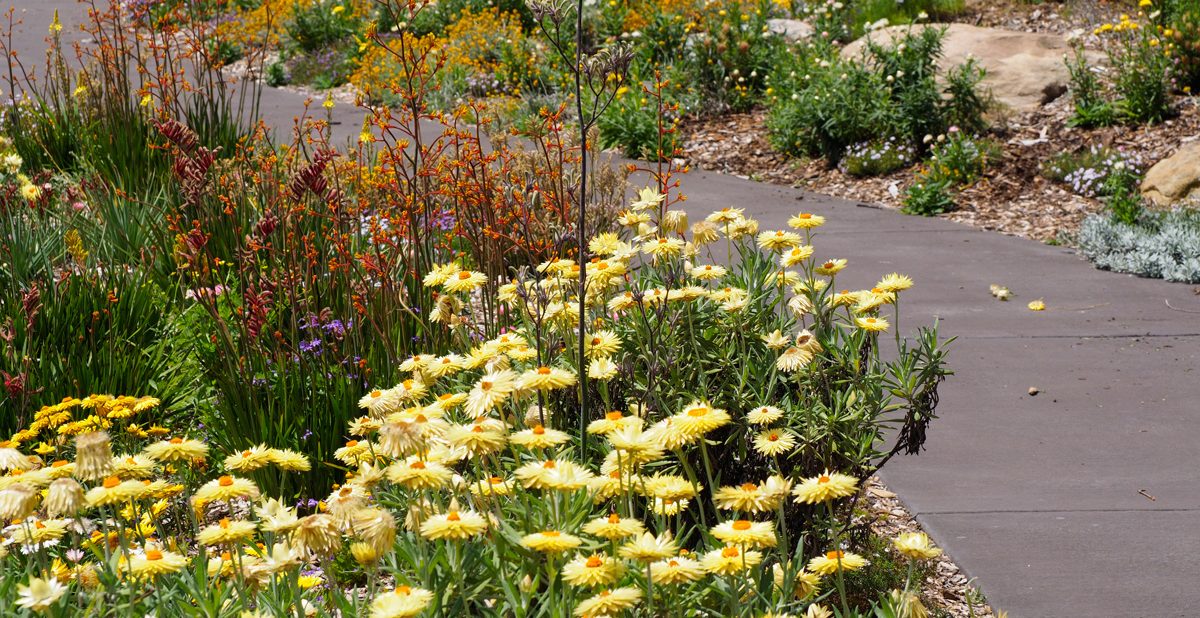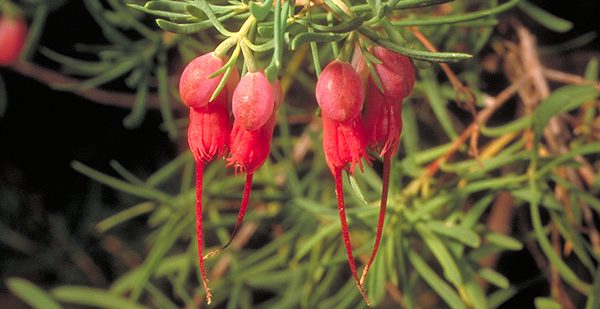Quite apart from the economic factor that smaller plants cost less, it’s commonly advised to use small plants wherever possible. However, this is mainly because smaller plants are generally less likely to become “root bound” by being kept in a pot for an extended period. Smaller plants tend to suffer less “transplant shock” and are more likely to be be quicker to establish than larger plants when planted out.
Of course, another benefit of buying small plants or even tubestock is that you can buy more of them! This means that you can plant groups of plants together, which is how many plants grow in nature. You can even achieve a multi-trunked effect by planting three or four trees in the one planting hole.
In areas where rabbits are present, the use of plastic tree guards is advisable. A couple of rabbits can defoliate small plants in a couple of nights. Make sure the plastic is anchored into the ground securely. Tree guards will also help to minimize plants drying out during hot, windy weather.
However, you don’t need to discount the use of larger plants. If you can be sure that the root system of the plant has not developed into a tight mass in the pot or if you are prepared to carry out some root pruning before planting, there is no reason why larger plants can’t be used. However, the large root mass of advanced pot plants means that they can easily dry out during a few days of dry weather during the warmer months – make sure that watering is not neglected at such times.
A useful tip for both small and large plants is to set a pot or tin (with holes punched in the bottom) next to each plant when planting – this allows hand watering so that water gets directed to the roots of the plants.
 Australian Native Plants Society (Australia)
Australian Native Plants Society (Australia)